By Joe Adler and Kisha Perkins
Recent research shows that Minority Depository Institutions (MDIs) are as important as ever to the communities they serve. Most MDI branches are in areas with above-average poverty rates, and a quarter of such branches are in zip codes where the local MDI is the only banking option.1
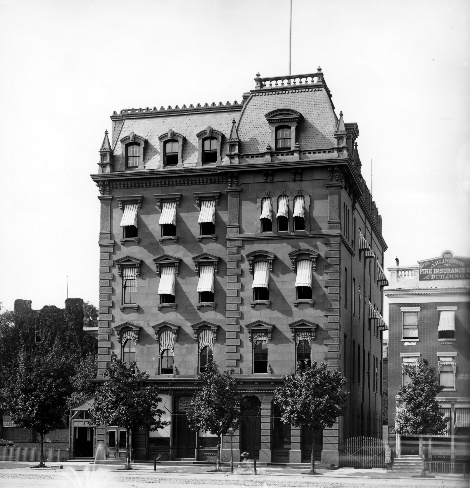
Nearly 160 years after Freedman’s Savings Bank opened as the first MDI to serve freed Blacks excluded from the White-owned banking system, the U.S. now has nearly 150 banks and over 500 credit unions playing a crucial role to narrow the racial wealth gap in majority-minority areas.
MDIs were particularly a beacon for minority communities weathering the economic turmoil resulting from the COVID-19 pandemic. According to evidence compiled in a May 2023 report by the National Bankers Association Foundation and Johns Hopkins 21st Century Cities Initiative, MDIs provided more Paycheck Protection Program (PPP) loans and other types of credit to minority borrowers than other types of institutions.
The study, which covered MDI activity from 2010 to 2022, argued that during the pandemic, if other banks had “performed similarly to MDIs, almost 2 million minority jobs would have been maintained and an additional $50 billion per year would have been available for small businesses during the Recession.”
Yet the consolidation and digital transformation challenging smaller financial institutions in general pose obstacles to MDIs’ growth and competitiveness. The pace of chartering new MDIs has slowed dramatically of late, driven by several factors. The number of charters has declined 20% over the past 10 years.2

“There are only 22 Black banks in this country right now out of a little under 5,000 banks in the United States, and the majority of those banks are either in the South or on the East Coast. That’s very problematic,” said Kenneth Rance, Chief Operating Officer of Carver Financial Corporation, the only Black-owned multibank holding company in the nation. The company owns two MDIs: Carver State Bank in Savannah, Ga., and Alamerica Bank in Birmingham, Ala.
MDIs, like other smaller institutions, face multiple headwinds in trying to remain competitive, but their central challenge is how to keep up with the technological transformation sweeping the financial sector.
In the digital era, all financial institutions must have front-end technology that delivers the easy and instant user experience that customers expect, as well as digitized back-end operations that reduce costs and errors. If they make loans, they need sophisticated risk models for underwriting.
The demands on small banks and credit unions to modernize their technology intensified during the COVID-19 pandemic. They discovered quickly that they needed to be able to onboard small-business customers without requiring a trip to the branch.
Founded in 1927, Carver State Bank is located in one of five low-income census tracts in the Savannah area. It is one of only two Black-owned banks headquartered in Georgia, one of only five community development financial institutions (CDFIs) in the state, and one of only two locally owned, full-service banks in Savannah.
“There is more and more pressure and demand on MDIs and smaller community banks to have the resources to level up and bring their technology up to par,” Rance said. “The banks that do not adjust and make technology and their tech stack a pattern for growth, I think they’re going to perish.”
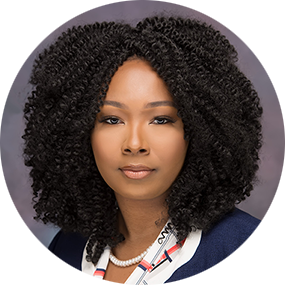
Alexandria Currie, the President of FAMU Federal Credit Union, an MDI based in Tallahassee, Fla., serving Florida A&M University, said the biggest challenge facing her institution and other small credit unions is “the technology gap.”
“Being small, you don’t have the resources to always do all the things you need to do to keep up,” said Currie. “Consumers have so many options for banking today: Banks, credit unions, online banks, fintechs, PayPal, Cash App. I can put my money anywhere. We really have to make a compelling case as to why a customer should put their money in this small MDI or come to us for a loan.”
A number of MDIs are mounting more aggressive strategies to up their digital game, looking to technology to improve the banking experience for customers. They view digital modernization as a crucial step toward fulfilling their mission in underserved communities.
Carver State Bank, FAMU FCU and Texas National Bank are among a group of nearly 20 financial institutions participating in MDI ConnectTech. The program, spearheaded by the Alliance for Innovative Regulation (AIR), NBA, the National Bankers Association Foundation, and Inclusiv, aims to help MDIs strengthen their tech capability and improve the digital experience for customers. They hope to put their digital offerings on a better footing compared with fintech firms and larger banks.
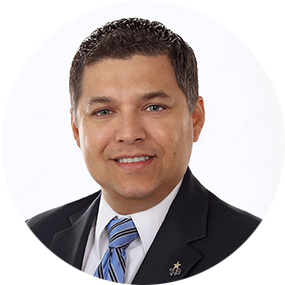
“I don’t want to give a consumer or a commercial client any excuse to bank anywhere else but Texas National Bank,” said Joe Quiroga, President of the bank headquartered in Edinburg, Texas, which has served the Rio Grande Valley for over a hundred years. The bank’s community, just a few miles from the Mexico border, is over 90% Hispanic.
Participants in MDI ConnectTech get assistance in efforts to assess their technology needs, design and collaborate on common digital approaches to benefit multiple MDIs, and incubate long-term solutions.
“For a smaller bank that doesn’t have the same kind of resources of larger institutions, it makes it more challenging,” Rance said. “That’s where organizations like AIR and programs like MDI ConnectTech can be extremely helpful in bringing up the technology literacy that these institutions need and taking a consultative approach in helping these banks assess their utilization of technology.”
Some goals of the program include positioning MDIs to enhance their mobile apps and to better utilize tools such as application programming interfaces (API).
“This type of consultation can address how MDIs can use technology more efficiently, and how they can work with their core providers and third-party fintechs not only in the vetting and the due diligence, but how those apps or middleware or APIs can then help them better serve their customers and generate more revenue for the bank,” Rance added.
After participating MDIs get an evaluation of their tech capacity, they will be able to access a road map for prioritizing and implementing their tech upgrades. The program may work toward enabling a shared-services capability that would support multiple MDIs in both developing and maintaining their digitized tech systems over time. The analysis of these banks and credit unions’ needs will produce learnings that will be useful to benefit all MDIs and potentially other smaller financial institutions.
One common area of interest is enabling MDIs to improve their existing mobile banking apps to ensure customers can accomplish on their phone everything they can in a branch.
“We have pushed the envelope and we’re as upgraded as we can be on the app. It’s still not good enough. The consumer wants more,” said Quiroga.
Many recent immigrants would prefer to do most of their banking through their smartphone, Quiroga said.
“They want to be able to interact with us and video chat with us and do all sorts of transactions on the app,” he said. “They don’t want to have to call or get on a computer. The immigrant community doesn’t have a computer. So that is their only mode of conversing with us.”
Currie said one of the things FAMU Federal is interested in is “congruence” between digital product offerings running on different software systems to improve the customer experience.
“You do have to kind of Frankenstein things together,” she said. “I want all of those different systems to work better together, [but] I can’t afford to pay for the integration costs that would make these technologies simpler for our members.”
Rance raised the possibility of MDIs developing common frameworks for recruiting and hiring a Chief Technology Officer (CTO).
MDI ConnectTech “could be very instrumental in: How do you recruit a CTO? How do you develop a job description, evaluate candidates and allocate the required resources?”
While digital modernization is key to helping MDIs fulfill their mission of serving communities of color, a particular challenge for these institutions is that, unlike other financial services providers, maintaining traditional relationship-based banking services is also a central part of that mission.
“How do you retain your high-touch customers who are aging out, but then bring up a high-tech approach to remain competitive and to grow your customer base?” Rance said. “How do you still attract the customers who are using fintechs to do transactions but are still not getting all of the access and opportunities that a traditional bank would have, especially in the areas of lending.”
Quiroga said many of his immigrant customers coming from Mexico are not used to having credit as readily available as it is in the U.S. The bank must stay in constant communication with clients to inform them of their loan options and gain their trust to assist them with the application process.
“We have to do both” digital and relationship banking, said Quiroga, who himself immigrated when he was 12.
“In Mexico, borrowing money doesn’t happen,” he continued. “During PPP, we had an opportunity to leverage our exposure to our community. We were on social media, at the churches, radio stations and TV, English and Spanish. We digitized the process. But I still got phone calls at 10:30-11:00 at night from consumers asking for help with the application.”
Meanwhile, creating digital tools to attract younger customers, who would benefit from services that an MDI is uniquely positioned to offer, is complicated by the fact that Gen Z consumers are more familiar with nonbank apps such as Venmo or the offerings of a large bank.
“We can provide them with the personal service. That’s not an excuse for us not providing the digital experience,” said Quiroga.
Rance said a key focus for Carver State Bank, like at other MDIs, is reaching customers through their smartphones.
“The African-American community has a high usage of smartphones. For some households, their internet connection is their smartphone, not a computer. We have to bring the people what they want, what they need,” he said. “We have to be able to bring banking services to them in a way that is going to be most convenient and what they’ve been accustomed to, and that’s by the use of their phone.”
Some MDIs struggle to gain awareness in their own communities due to competition from financial providers with more name recognition. Even though FAMU Federal is based just across the street from Florida A&M, Currie said, “I still have students say they had no idea that the credit union existed.”
“But it’s not just about letting people know you exist, because existing is not a compelling enough reason for them to use your products and services,” she added. “The problem isn’t just about awareness. It’s about what compels that person to take action and come to our institution.
“There is a minimum level of technology and digital capability that is required to get those people in the door. But because there is such a flood of technology and fintech and services, I don’t think that it’s particularly compelling when someone has it. It’s just compelling when they don’t.”
————————————
1 “Minority Depository Institutions: State of Knowledge, Sector Summary & Lending Activity, and Impact, 2010 – 2022,” National Bankers Association Foundation and the Johns Hopkins 21st Century Cities Initiative, https://www.nationalbankers.org/state-of-mdi-report-2023.
2 “Minority depository institutions have vital role serving vulnerable communities,” Federal Reserve Bank of Dallas, February 2022, https://www.dallasfed.org/research/economics/2022/0201.

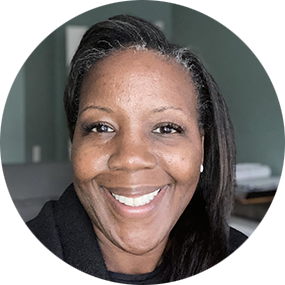

INITIATIVE • AIR Initiative to Create Digital Transformation Road Map for MDIs
The MDI ConnectTech initiative helps participating Minority Depository Institutions assess their technology capability, identify digital offerings to benefit their customers, and establish a road map to implement third-party digital solutions.
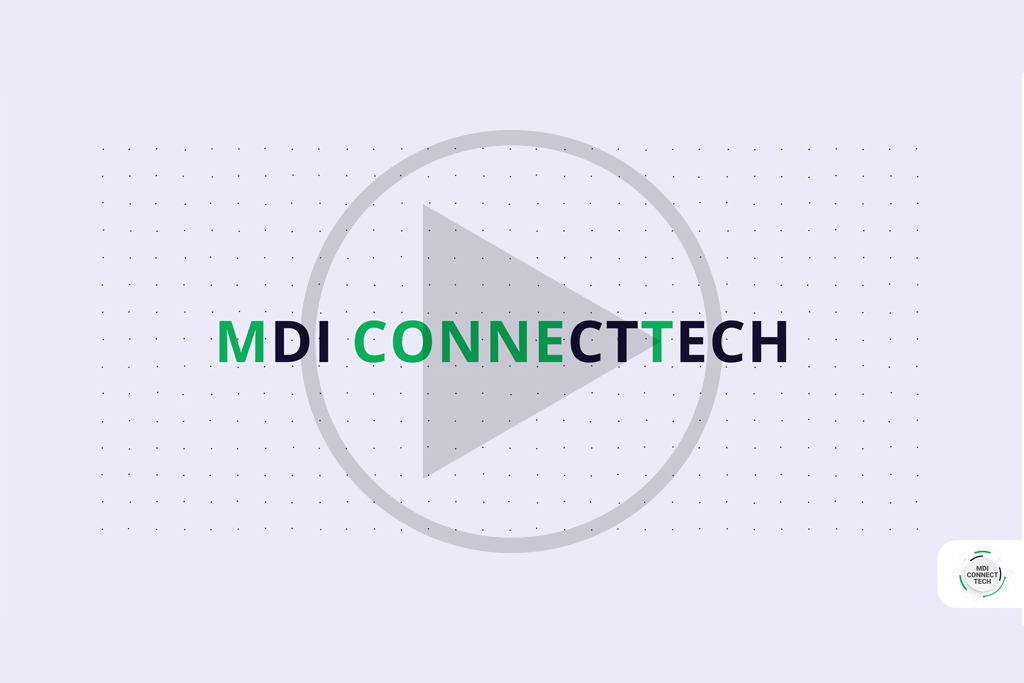
VIDEO • The Future of Minority
Depository Institutions: MDI ConnectTech
This in-person event in Washington, D.C. was designed to bring together a diverse community to tackle what’s at stake for bank and credit union MDIs, explore the technological challenges facing these institutions, and to chart a path for how MDIs can thrive in the digital age.
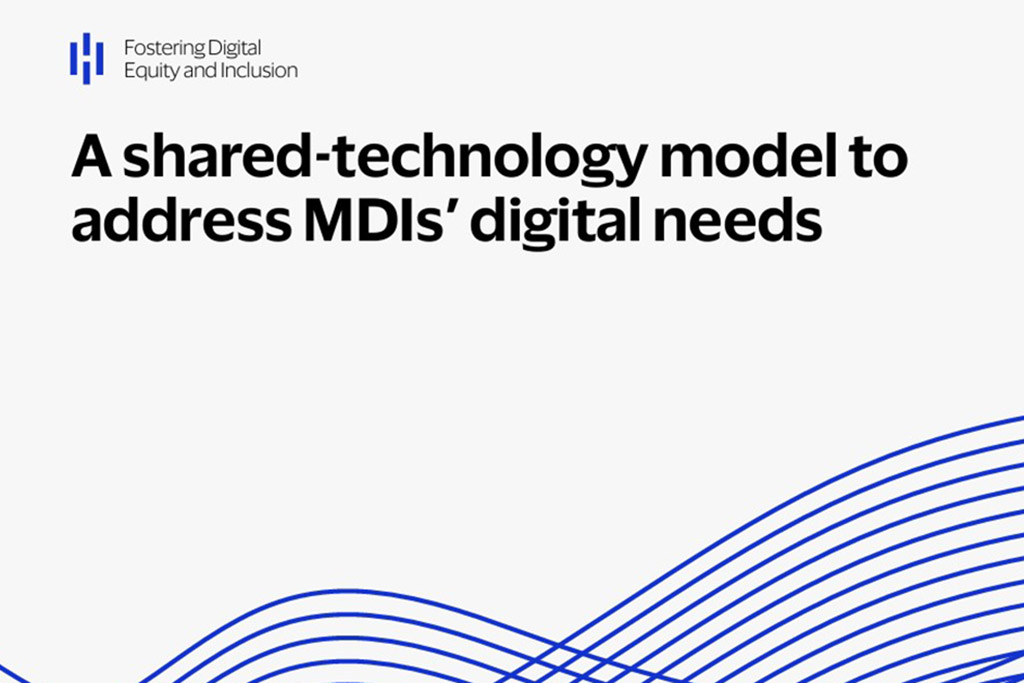
WHITE PAPER • AIR Coauthors Paper on MDI Digital Modernization
The article, released with the National Bankers Association and Visa Economic Empowerment Institute, lays out a case for using a shared-technology model to help Minority Depository Institutions (MDIs) enhance digital capability and product offerings.
Stay informed by joining our mailing list